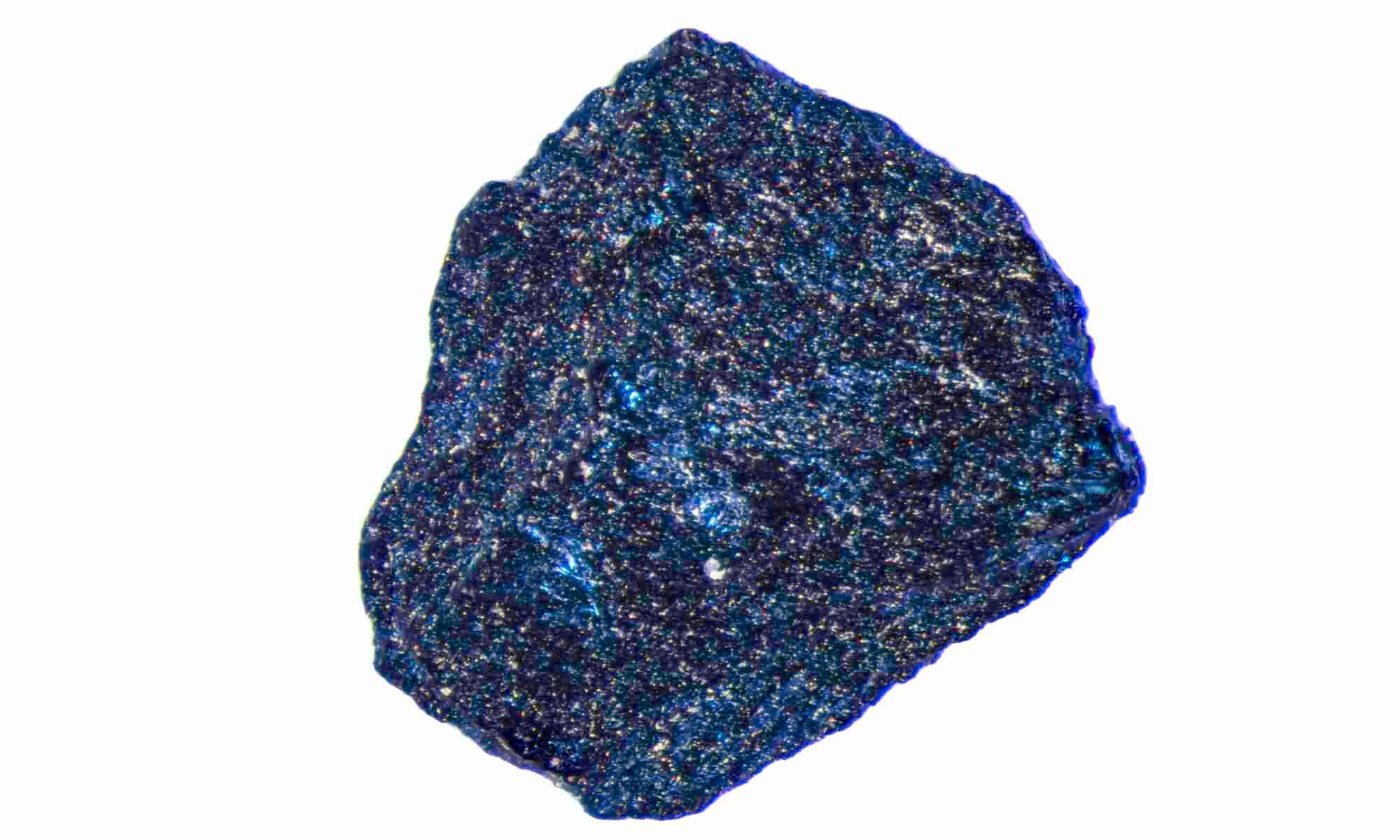For over a century, scientists have sought a holy grail of materials: a room-temperature superconductor, a material that can carry electrical charges without resistance, which would revolutionise the energy landscape as we know it.
A team from the University of Rochester claims this week that they’ve found such a material, though some members of the scientific community are sceptical. The new research is published in Nature. Here’s what to know about the science.
What is a room-temperature superconductor?
Developing room-temperature superconductors is a lofty goal in physics, up there with figuring out what the hell dark matter is and what’s responsible for the universe’s accelerating expansion. Superconductors transmit electrical currents without resistance, which means no energy lost as electricity is sent from point A to point B. But today’s superconductors require extremely cold temperatures and high pressures to work, making them impractical anywhere outside special laboratories.
If they could operate at room temperature, superconducting materials would no longer be relegated to the experimental realm and could be incorporated into the world’s energy infrastructure.
But ever since superconductivity was discovered in 1911, science has not been able to crack the code on room-temperature superconductivity. Physicists have poked and prodded superconductors of various types — chilled lanthanum hydride and sulfurous-smelling hydrogen sulfide, for examples — to no avail. Those materials are superconductive, but only at bone-chilling temperatures and ridiculous pressures that would be impractical in real-world electronics.
The hunt for the perfect room-temperature superconductor involves materials scientists, engineers, and physicists cycling through different hydrides, seeking one that doesn’t require such finicky conditions to work its zero-resistance magic.
What did the University of Rochester team achieve?
The latest compound on the superconductive chopping block is lutetium hydride, which scientists at the University of Rochester found goes superconductive at 69 degrees Fahrenheit at 10 kilobars (65,771 kg per square inch) of pressure. For reference, pressure at sea level is about 15 psi, while it’s about 16,000 psi at the bottom of the Mariana Trench, according to NOAA.
Obviously, 145,000 psi is still a lot of pressure. But it’s less than was previously required to induce superconductivity in the team’s lab by two orders of magnitude, according to a University of Rochester release.

According to Ranga Dias, a mechanical engineer at the University of Rochester and in whose lab the discovery was made, “we believe we are now at the modern superconducting era.”
But other members of Dias’s field are sceptical. A 2020 paper published in Nature by a team including Dias, claiming to achieve room-temperature superconductivity in a carbonaceous sulphur hydride, received numerous updates pertaining to dates and data reported therein. Then, in a Matters Arising article published in Nature in August 2021, two physicists unaffiliated with the Dias paper contested the claims, positing that phenomena the team associated with superconductivity were not, in fact, associated with the vaunted matter state.
In September 2022, the original paper by the Dias team was retracted. But the new paper has passed muster (enough to get published, at least, but so did the now-retracted work).
According to The New York Times, in a previous gaffe, Dias had included word-for-word language from another scientist’s dissertation in his own, an event that Dias chalks up to forgetting citations.
In the recent experiment, the team combined a gaseous mixture of 99% hydrogen and 1% nitrogen and put the gas in a chamber with the lutetium, an extraordinarily rare earth metal. They let the gas and the metal react for a couple days at 186 C. The resulting compound glowed blue.
They squeezed this compound in a cell of diamonds (the hardest mineral, making them a regular feature in experiments where you want to pinch, squeeze, or crush the crap out of something). When pressed between diamonds, the compound concocted in the Dias lab changed from blue to a bright reddish pink. It had gone superconductive.
If the result of the new experiment can be reproduced by other teams, it could be an exciting moment in the chase for materials sciences’ unobtainium: a true game-changer for electricity.
For now, though, the quest for this holy grail continues; how close the material science community is to finding it is up for interpretation. But the charge for such a superconductor was never going to be done without resistance.
